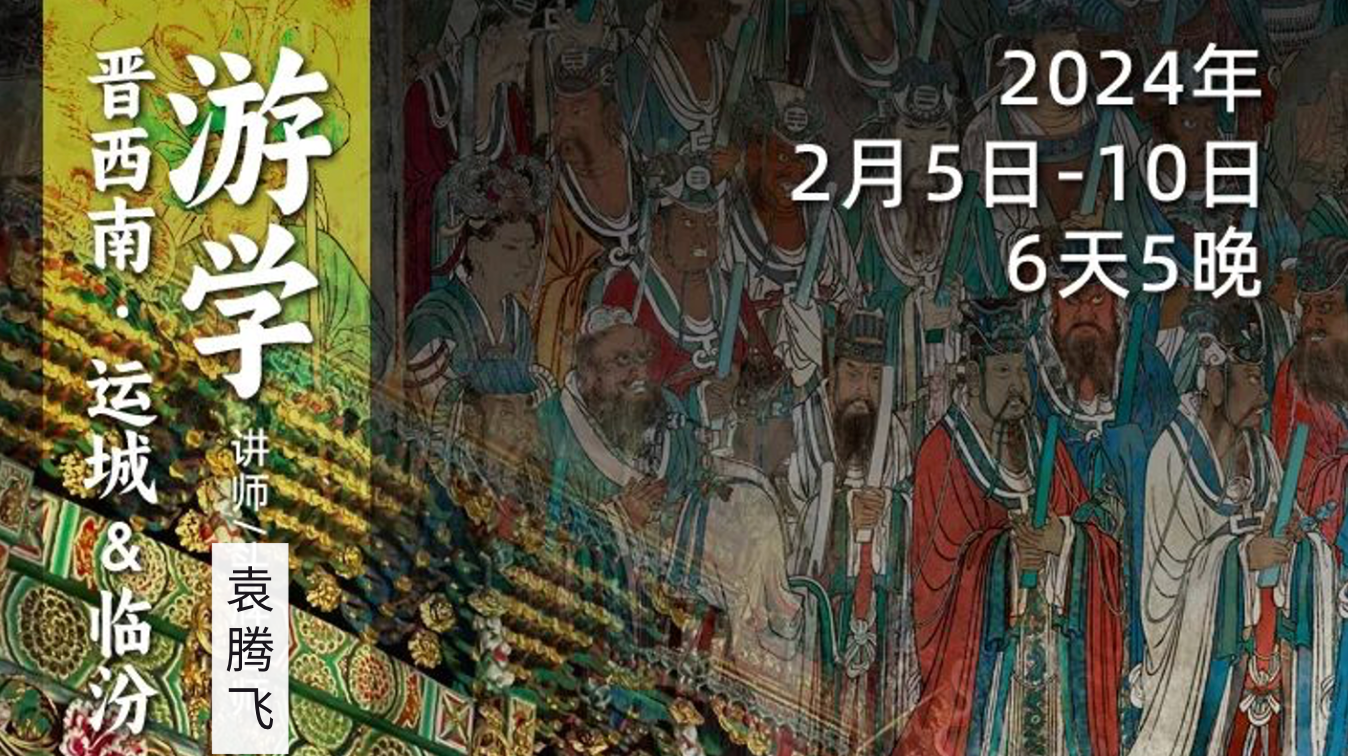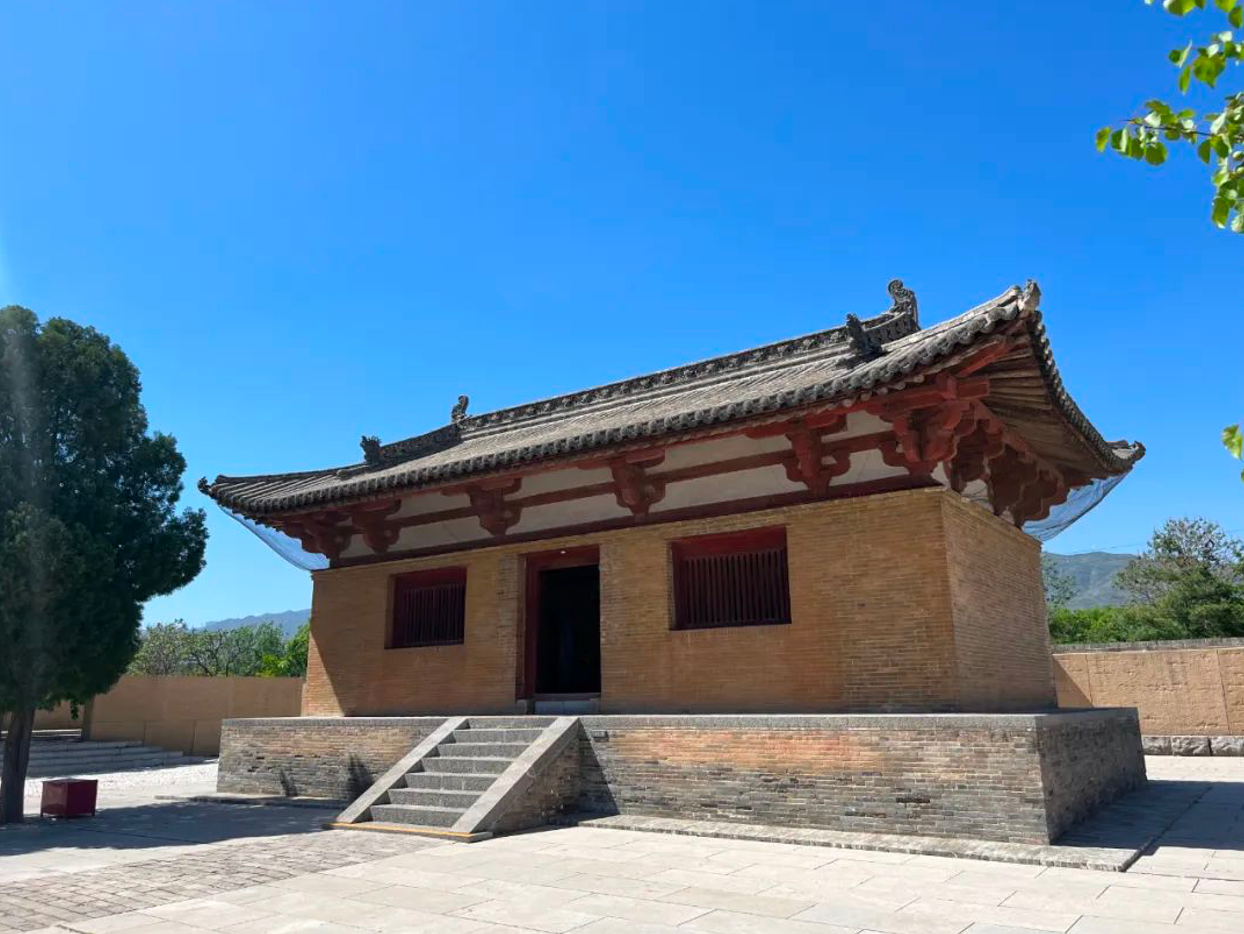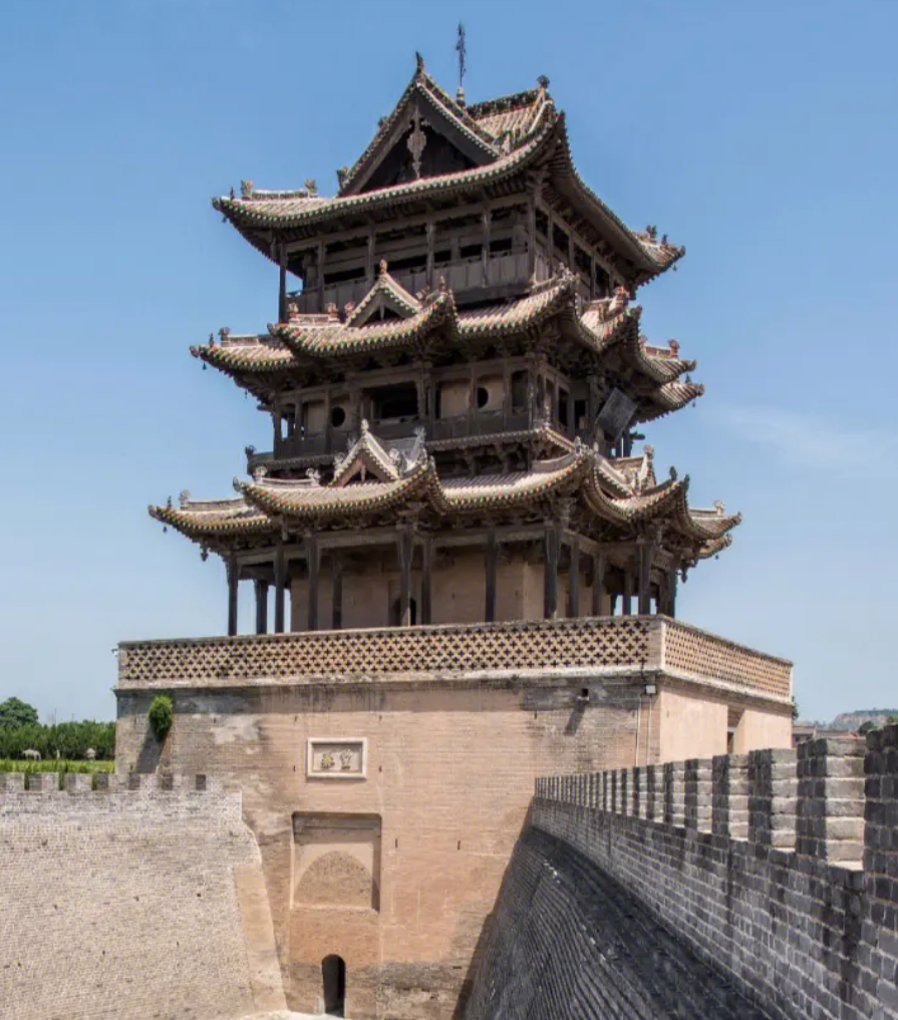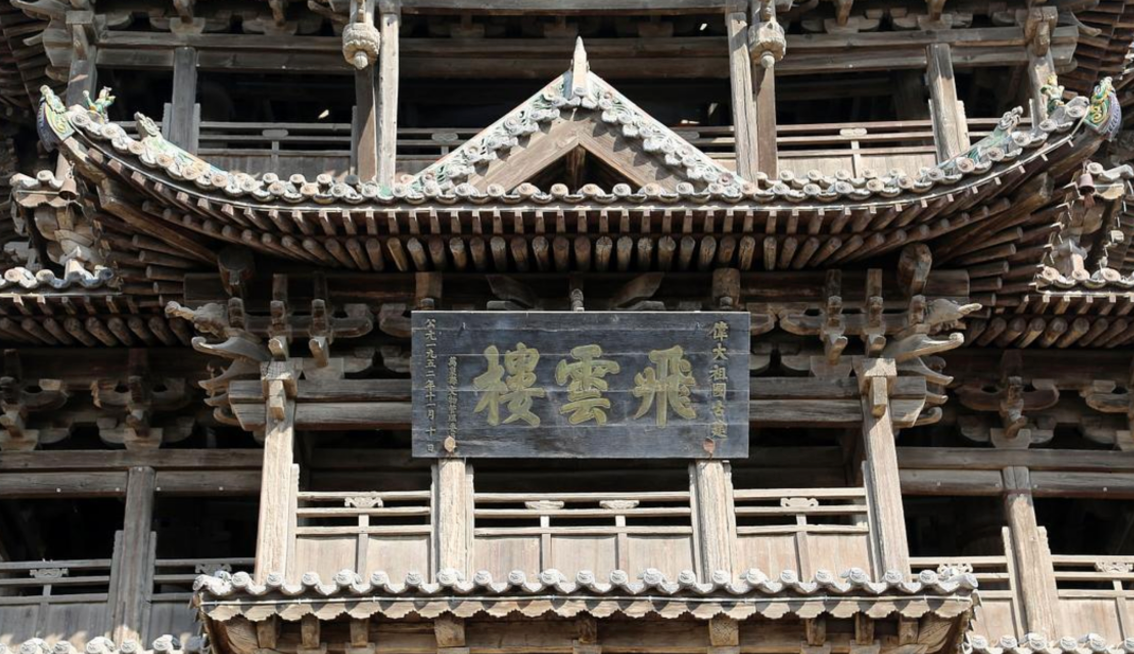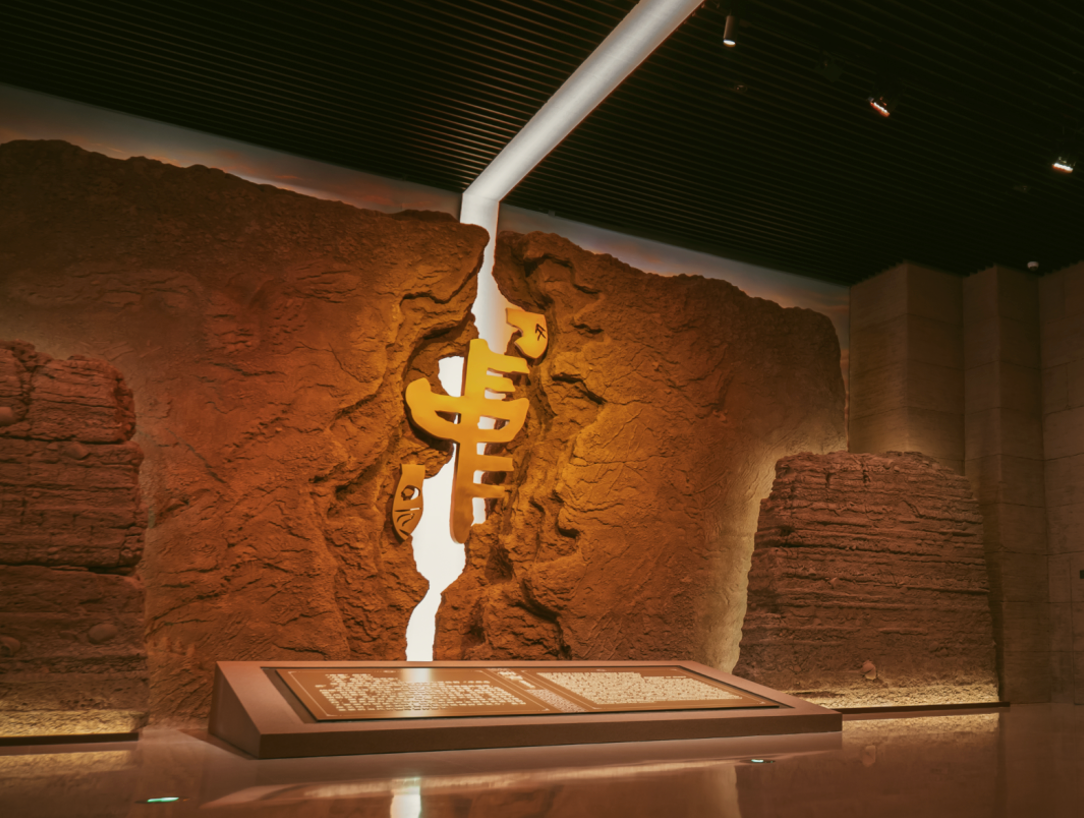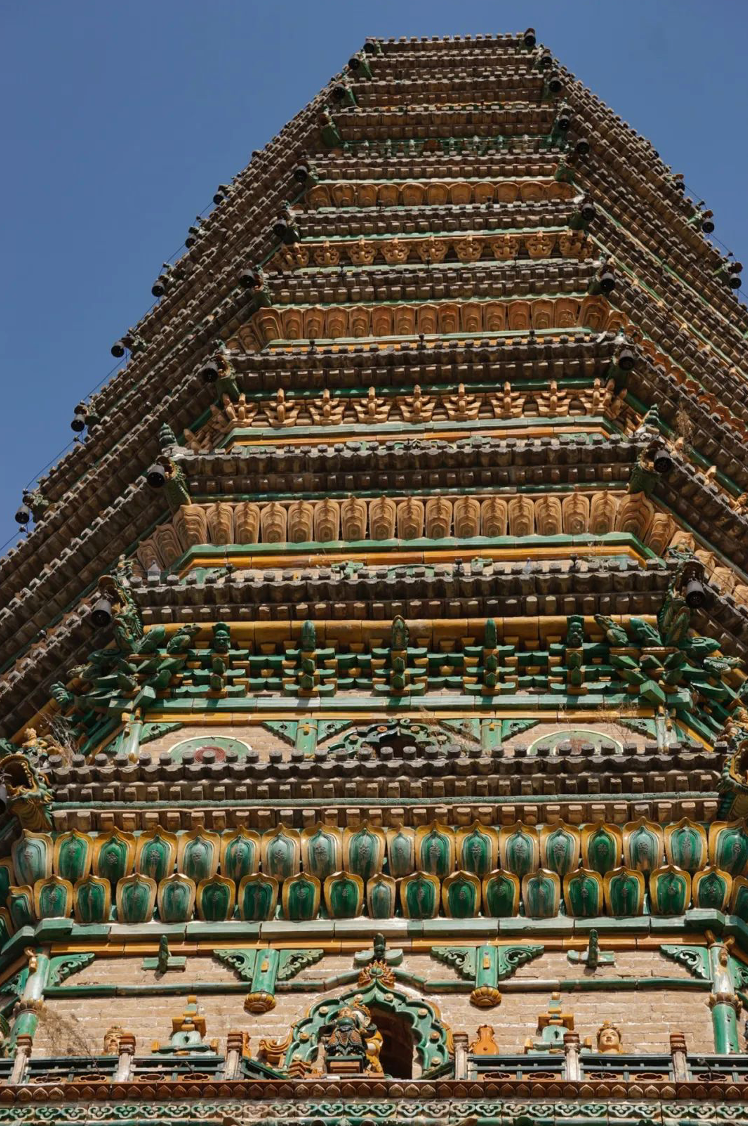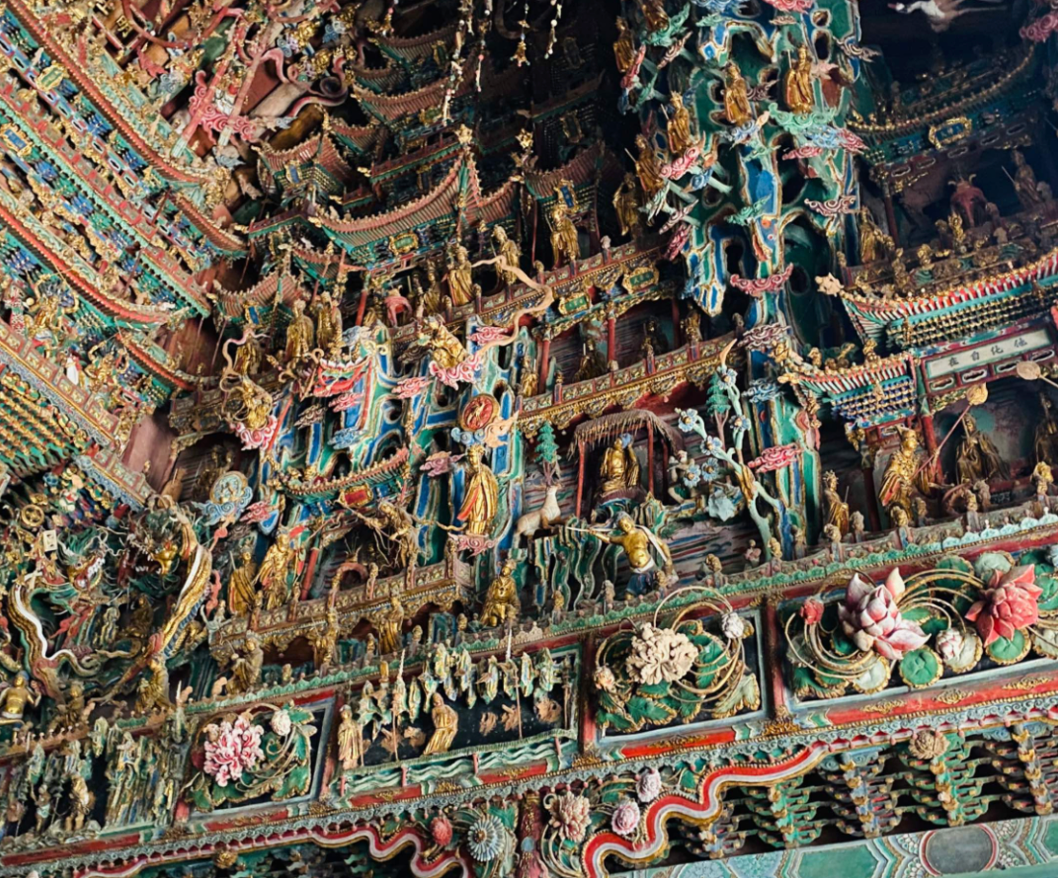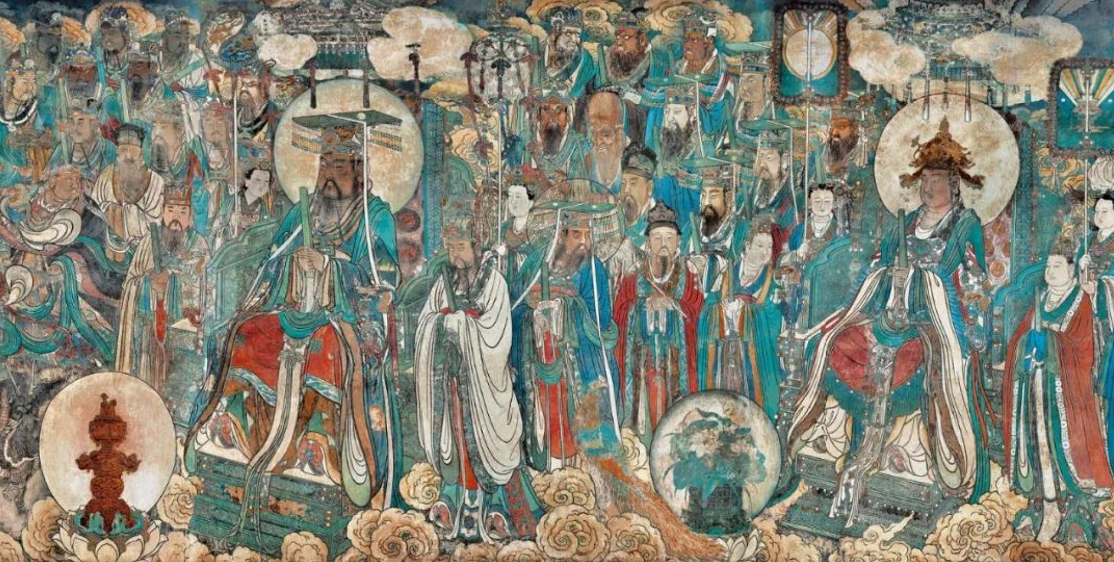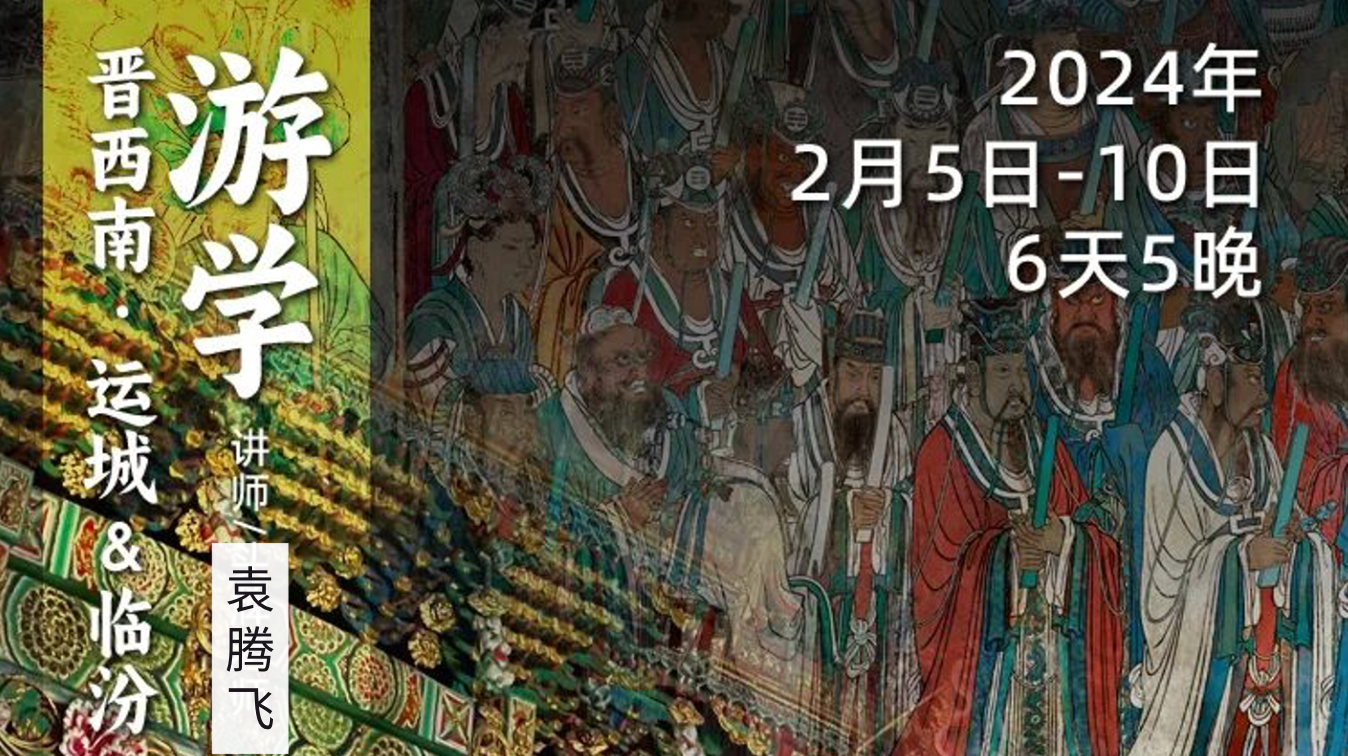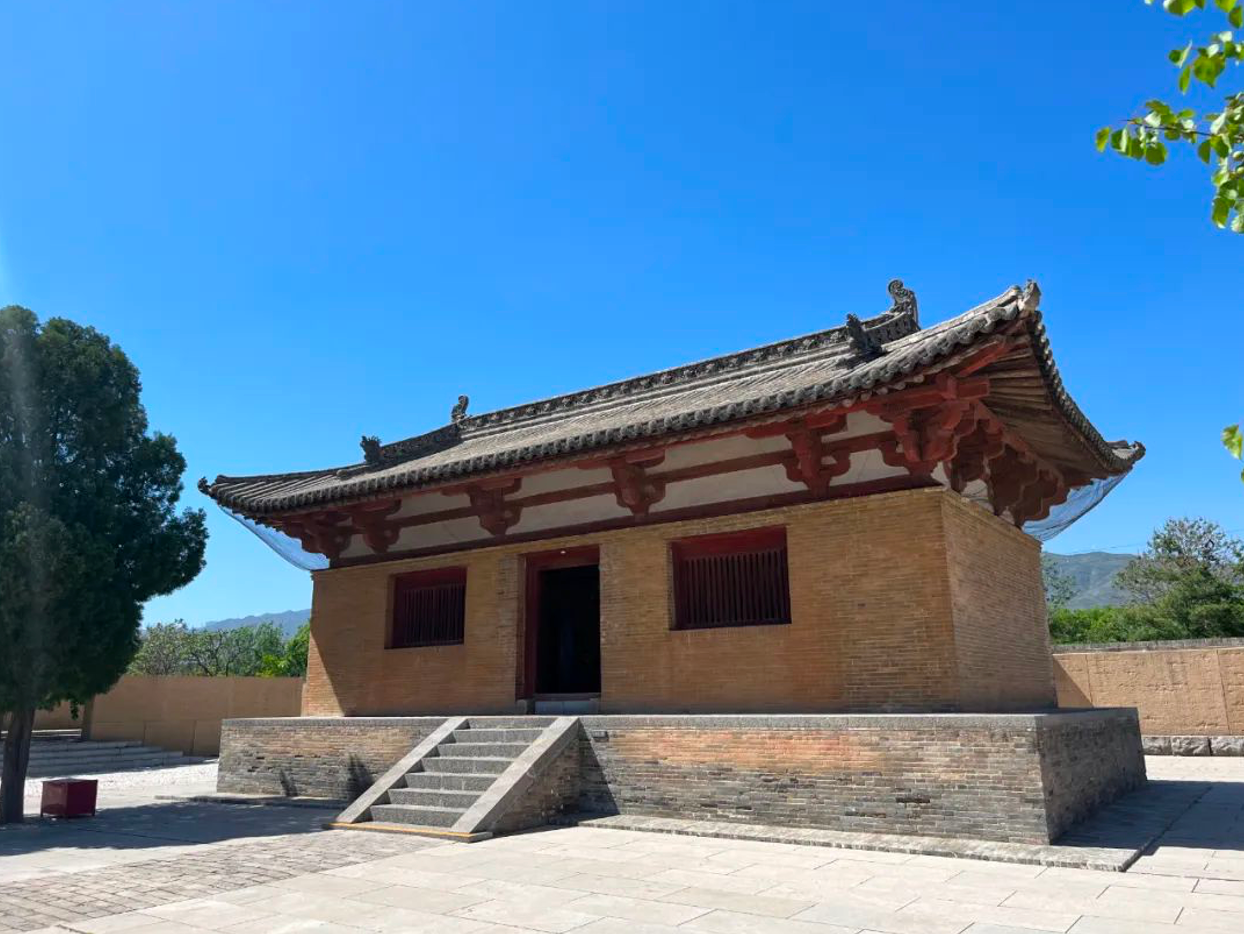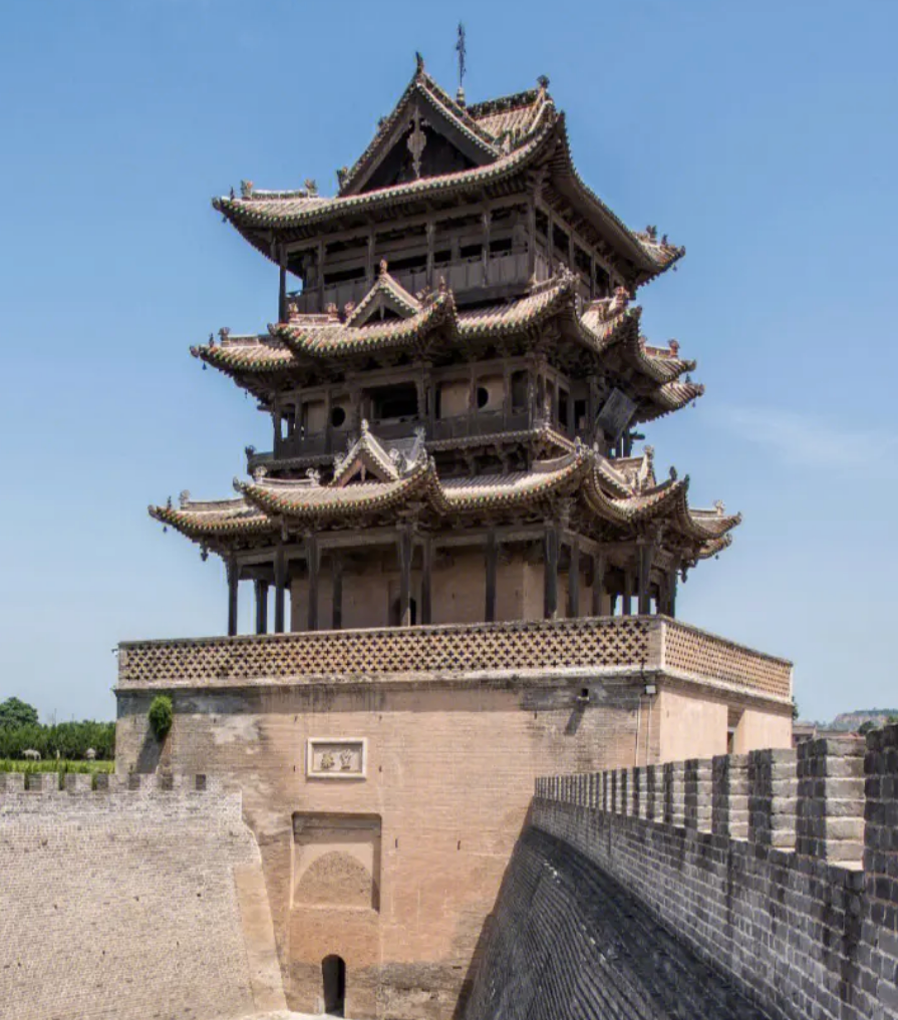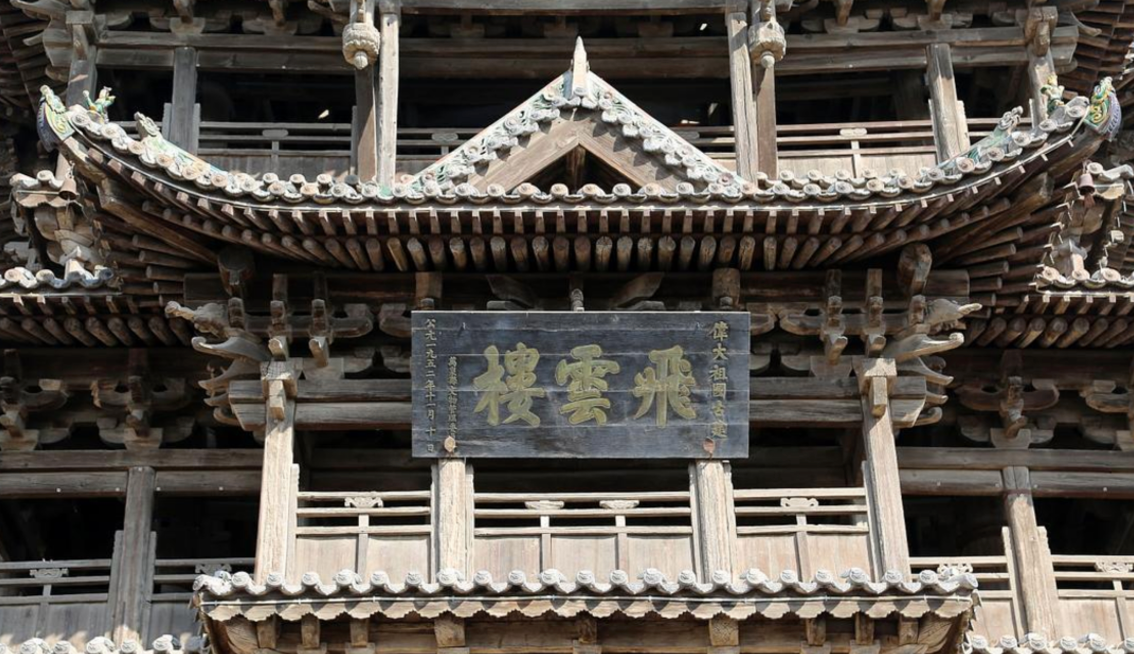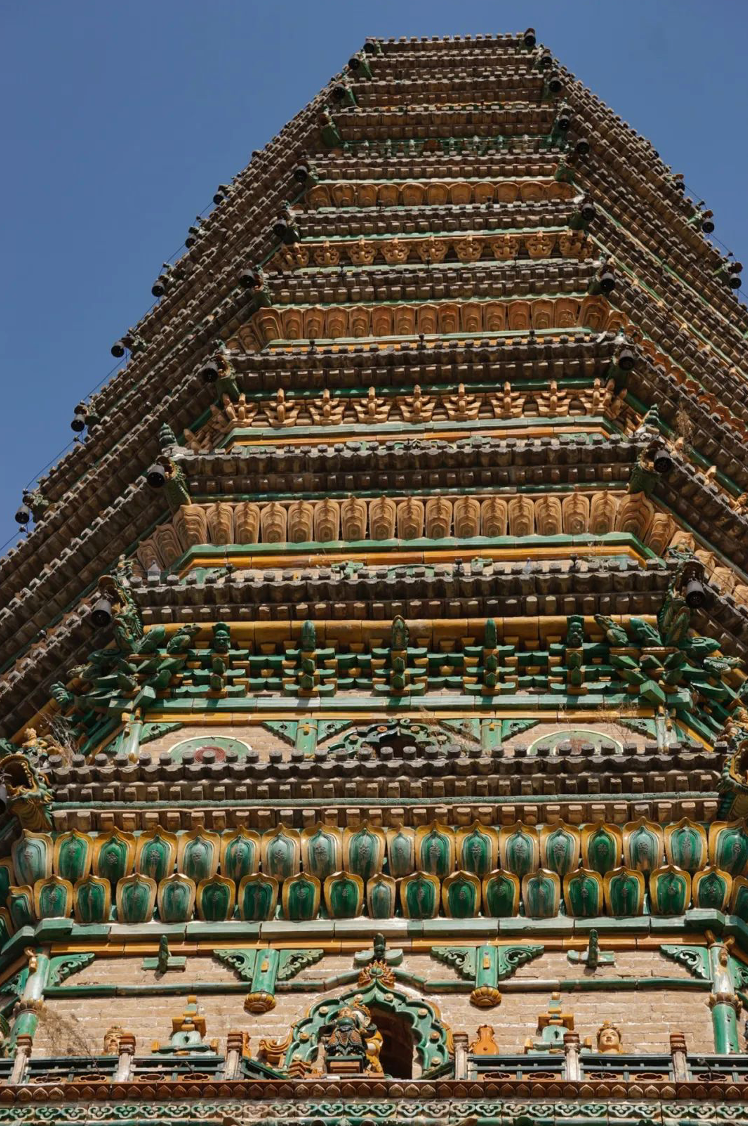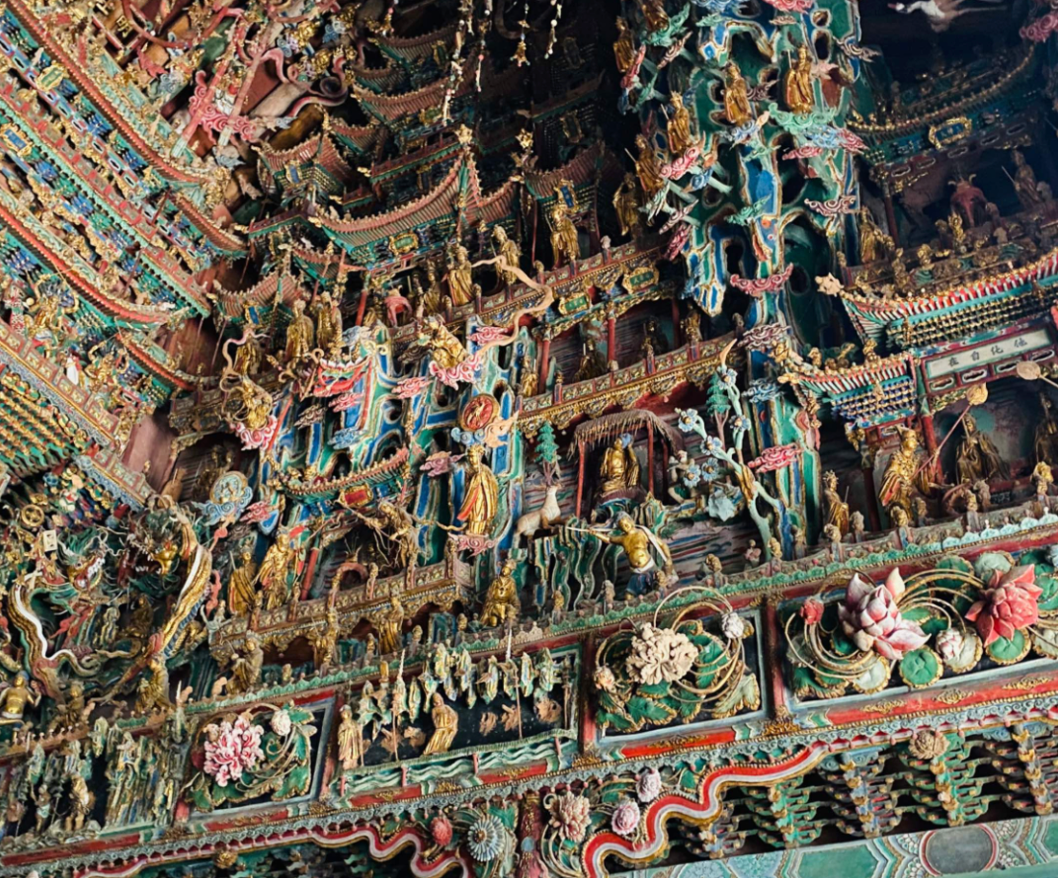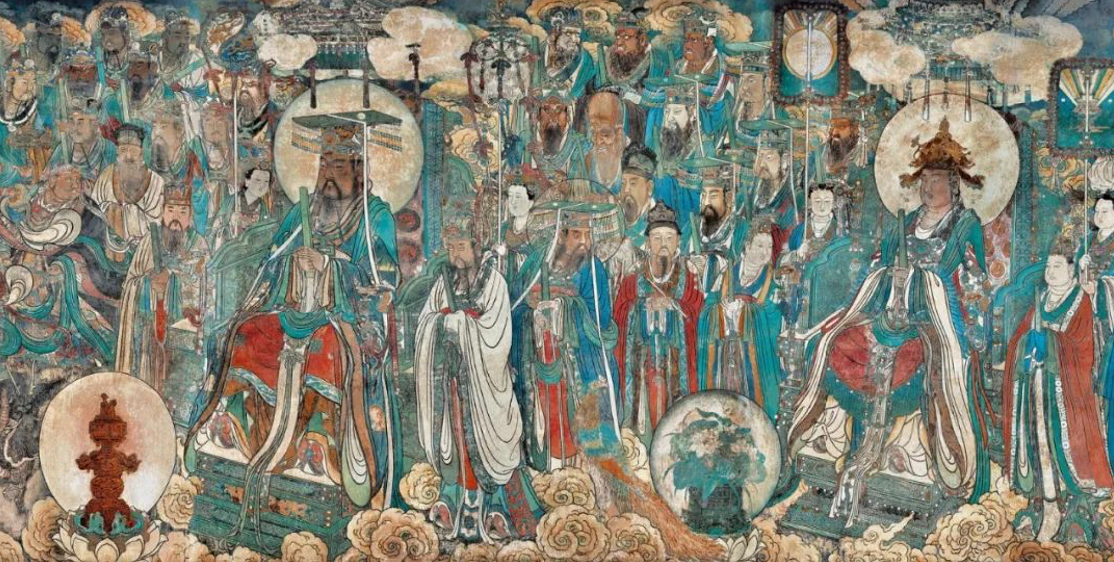LIFEANO 给生活另一种可能
February 5-10 | Traveling in Shanxi: Teacher Yuan Tengfei takes you on an in-depth tour of southwestern Shanxi and appreciates Chinese history!
February 5-10 | Traveling in Shanxi: Teacher Yuan Tengfei takes you on an in-depth tour of southwestern Shanxi and appreciates Chinese history!
Out of stock
Couldn't load pickup availability
Winter vacation in 2025
Teacher Yuan Tengfei will come to Shanxi again
Some people say that every ancient temple in the mountains is a living museum.
Let us follow the footsteps of Mr. Yuan Tengfei
Let’s understand Shanxi and understand China together!
Team leader
Teacher Yuan Tengfei
Hailed by fans as " the best history teacher in history "
NO.1— Guangrenwang Temple

Located on a high hill at the northern end of Zhonglongquan Village, 3 km north of Ruicheng County, Yuncheng City, Shanxi Province, it faces the Yongle Palace, a Taoist temple of the Yuan Dynasty, a few miles southeast. Guangrenwang Temple was first built in the fifth year of the Tang Dynasty ( 831 AD). It was named after the water god enshrined in the temple, who was given the title of "Guangrenwang". There was a five-dragon spring in front of the temple, and the spring water gushed out from the front of the temple foundation, so it was also called "Five-dragon Temple".
Guangrenwang Temple faces south and covers an area of 4,560 square meters. There are a stage, wing rooms, main hall, etc. in the temple, surrounded by walls and arranged in a quadrangle. The stage is three rooms wide and three rafters deep. The brackets on the capitals are simple in shape. The center bracket has a dragon head at the big bracket mouth, elephant trunks on both sides, and dragon heads at the bracket mouths between the two small brackets.
In 1965 , Guangrenwang Temple was announced as a key cultural relic protection site in Shanxi Province by the Shanxi Provincial People's Government. On June 25 , 2001 , Guangrenwang Temple was announced as the fifth batch of national key cultural relic protection sites by the State Council of the People's Republic of China.
NO.2— Houtu Temple (Qiufeng Tower)

Located in the north of Miaoqian Village on the bank of the Yellow River, 40 kilometers southwest of Wanrong County, Shanxi Province, it is the oldest temple dedicated to Hou Tu (Mother Earth) in the vast land of China.
Hou Tu Temple is a widely worshipped deity among the Chinese people, and is the god of land. In 1996 , the State Council designated Wanrong Hou Tu Temple as a national key cultural relic protection site.
NO.3— Dongyue Temple (Feiyun Tower)
 It is located in the southeast corner of the former Jiedian Town, Wanrong County, Shanxi Province. The founding date is unknown. Some buildings existed in the Tang Dynasty. It was rebuilt between the 28th year of Zhiyuan in the Yuan Dynasty (1291) and the first year of Dading (1297) , and was renovated many times in the Ming and Qing Dynasties.
It is located in the southeast corner of the former Jiedian Town, Wanrong County, Shanxi Province. The founding date is unknown. Some buildings existed in the Tang Dynasty. It was rebuilt between the 28th year of Zhiyuan in the Yuan Dynasty (1291) and the first year of Dading (1297) , and was renovated many times in the Ming and Qing Dynasties.
There are Feiyun Tower, Wumen, Xiandian, Xiangting, Dongyue Hall, Yanwang Hall and other buildings. Among them, Feiyun Tower was rebuilt in the Qing Dynasty, commonly known as Jiedian Tower. It has a square floor plan, three floors and four water drops, a cross-shaped hip roof, three exposed poles, and two levels of dark floors hidden in the flat seat. There are actually five levels. The ground floor is built with walls on the left and right, and the front and back are penetrated. Four columns reach the roof directly. The upper two floors have porches, each side has a porch, and two flat columns are used to divide it into three small rooms. The roof is built on the top, the pediment faces outward, and the bottom is supported by interlaced beams and cymbals. The structure is ingenious, beautiful and spectacular, and it is a masterpiece among China's pavilion-style buildings.
NO.4— Taosi Ruins Museum

Taosi Site Museum is a thematic site museum built on the basis of Taosi culture. The museum is divided into two floors, with an exhibition area of about 5,000 square meters. The first floor includes exhibition halls such as "Civilization", "Glorious Capital", "Early State", immersive digital halls, cultural relics warehouses, etc. The second floor includes exhibition halls such as archaeological events, Taosi archaeology, temporary exhibitions, cultural and creative stores, and movie theaters.
The exhibition displays 230 pieces (sets) of cultural relics such as pottery and jade unearthed from Taosi, comprehensively displaying the archaeological excavation and research results of Taosi culture dating back 4300 to 3900 years ago, and showing the time and space strategy of Taosi ancestors, building cities and palaces, teaching people time, and governing the country with courtesy.
NO.5— Guangsheng Temple
 Located in Hongdong County, Linfen City, Shanxi Province, it is a national AAAA- level scenic spot. The temple was built in the first year of Jianhe ( 147 AD) during the reign of Emperor Huan of the Eastern Han Dynasty. It was originally named Julushe Temple, also known as Yuwang Pagoda Courtyard, and was renamed Guangsheng Temple in the Tang Dynasty.
Located in Hongdong County, Linfen City, Shanxi Province, it is a national AAAA- level scenic spot. The temple was built in the first year of Jianhe ( 147 AD) during the reign of Emperor Huan of the Eastern Han Dynasty. It was originally named Julushe Temple, also known as Yuwang Pagoda Courtyard, and was renamed Guangsheng Temple in the Tang Dynasty.
In the fourth year of the Dali reign of the Tang Dynasty ( 769 ), Guo Ziyi, the Prince of Fenyang, wrote a memorial to request reconstruction. During the Song and Jin Dynasties, Guangsheng Temple was burned down by war and subsequently rebuilt. In the seventh year of the Dade reign of Emperor Chengzong of the Yuan Dynasty ( 1303 ), a major earthquake occurred in the Pingyang (now Linfen) area, and all the temple buildings were destroyed. It was rebuilt again in the autumn of the ninth year of the Dade reign ( 1305 ). After that, earthquakes occurred in the Pingyang area in the 34th year of the Jiajing reign of the Ming Dynasty ( 1555 ) and the 34th year of the Kangxi reign of the Qing Dynasty ( 1695 ), but the temple did not suffer major damage in these two earthquakes. Except for the Feihong Tower and the Great Hall of the Buddha in the Upper Temple, which were rebuilt in the Ming Dynasty, the rest were all Yuan Dynasty buildings.
The Guangsheng Temple scenic area is divided into three buildings: the upper and lower temples and the Water God Temple. Feihong Tower, "Zhaocheng Golden Collection" and the Yuan Dynasty murals in the Water God Temple are collectively known as the "Three Wonders of Guangsheng".
NO.6— Xiaoxitian in Xi County

Xixian Xiaoxitian, also known as Qianfo Temple, is located on the top of Fenghuang Mountain in the west of Xixian County, Linfen City, Shanxi Province. It is a Buddhist Zen temple founded by Dongming Zen Master in the second year of Chongzhen in the Ming Dynasty. It was originally named because there were thousands of Buddha statues in the main hall. Later, because of the inscription " Dao Ru Xitian " on the double door, it was renamed " Xiaoxitian " to distinguish it from another Ming Dynasty temple " Da Xitian " in the south of the city.
The Xiaoxitian Temple in Xixian County has a construction area of more than 1,100 square meters, with many halls and buildings, including the Mahavira Hall, Manjusri Hall, Samantabhadra Hall, Wuliang Hall, Heavenly King Hall, Weituo Hall, Ksitigarbha Hall, bell tower, drum tower, etc. The caves are used as doors to separate the upper courtyard, middle courtyard and front courtyard. In fact, two-thirds of the temple halls are double-story structures. The hanging sculptures and colored paintings in Xiaoxitian in Xi County are of great reference value for the study of the hanging sculptures and colored paintings in Ming and Qing Dynasties.
NO.7— Yongle Palace

The Yongle Palace is the largest existing Taoist temple from the Yuan Dynasty in the country. It is an example of ancient Chinese painting art and one of the largest existing treasure houses of ancient mural art in the world. Among them, the "Chao Yuan Tu" in the Sanqing Hall is the pinnacle of the development of group portrait composition in the history of world painting. It is a rare masterpiece in the world and can be called a national treasure.
Registration Information
Assembly / disbandment
●February 5, 2025 ( Wednesday ) - Gathering in Yuncheng City, Shanxi Province, February 10 (Monday) - Disbanding in Linfen City, Shanxi Province, please properly arrange your itinerary before and after the gathering;
Precautions
● Customer service will contact you 2 weeks in advance after registration, please keep your WeChat and phone open;
● Children under 6 years old are not recommended to participate. Minors aged 6-12 years old must be accompanied by a guardian;
Activity Fees
● The fee includes: meals, accommodation, transportation and lecturer explanations from the time of gathering to the time of disbanding; it does not include: round trips before the gathering and after the disbanding, and other expenses not listed;
Hassle-free refund policy
● If the event is cancelled due to reasons of the organizer, all fees will be refunded;
● If the event is cancelled due to force majeure, the unincurred fees will be refunded;
● If you are unable to attend the event due to personal reasons, no fees will be refunded (the spot is transferable). Please do not take pictures if you mind. Thank you for your understanding.
Share
